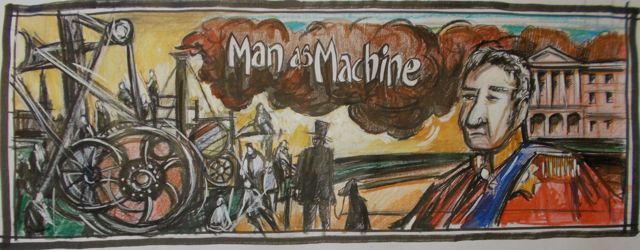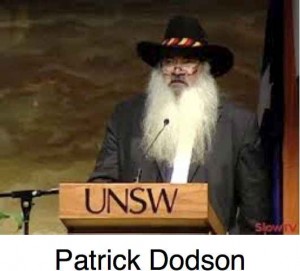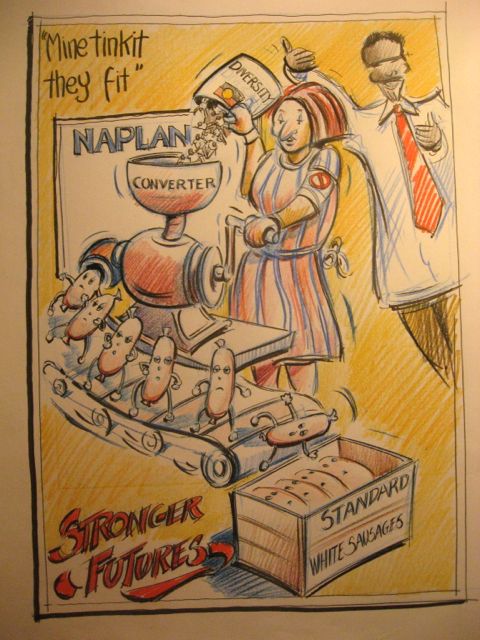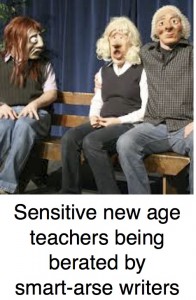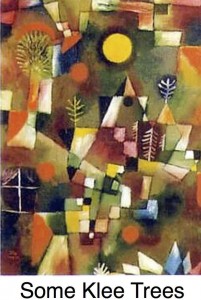By Tarquin O’Flaherty.
Juvenal, the Roman poet and satirist remarked once that ‘…no man ever became utterly abominable, all at once.’ This is absolutely true, and particularly true when it comes to governments.
Following the revolutionary Reform Act of 1832 the newly elected MP’s were awash with reform fervour. England was riddled with largely unregulated factories in which men, women and kids were routinely injured or killed. A new Factories Act was needed. This act would supersede the old 1819 Peel Act which though already amended twice, had been utterly ineffective because it had never been enforced! This new Act (1833) employed inspectors to lay down the law. Interestingly, the horrors uncovered by these inspectors led to several significant changes to factory practice. Children under thirteen were restricted to an eight hour day and those up to the age of eighteen to twelve hours. To attempt to regulate the amount of hours a man worked per day was seen as impossible. Any Bill suggesting this would be rejected out of hand by Parliament because it would be seen as ‘infringing on a man’s liberty.’ To add to this, governmental industrial legislation didn’t sit well with some sections of the newly elected and largely middle class government, (some of whom might have owned a factory or two themselves…)
Another approach to factory reform was the ‘Ten Hours Committee’, and their strategy was a clever one. Headed by Lord Ashley (later Lord Shaftesbury) they agitated for all factory employees (excluding men) to work for a maximum of ten hours per day. This reform, should it be successful, would mean the women and kids would go home having worked their ten hours, effectively stopping production. Men, even in those days, especially in those days, were automatically granted the same privileges as women, so they would be ‘ten hour’ workers as well.
For the moment, the “Ten Hour Committee’ remained a pipe dream. The new Factory Act nevertheless, (as explained above) went some way to alleviating the shameful exploitation of children by factory owners. The point should be made that when we speak about ‘factories’ we are dealing exclusively here with textile factories and that the new legislation applied only to them. A general regulation of all factories was still some time off.
The male only enfranchisement of the new middle class dramatically reduced the level of political agitation throughout the country after the 1832 Reform Act. This was in part because the new government was much less accepting of the old ‘born to rule’ tyranny of the King and his immediate cronies, and in equal part because the working class, convinced their vote was just around the corner, had reduced their level of political agitation.
The ‘born to rule’ mob, however, still exercised considerable force on their home turf in London and were about to demonstrate it. Bear with me for a moment.
Henry Fielding, London’s Chief Magistrate in the 18th Century, held court at No.4 Bow St. from where, in 1749, he founded ’The Bow Street Runners’, London’s first ever police force. This force, greatly expanded, continued for eighty or more years until overtaken by the ‘Peelers’, Sir Robert Peel’s new London police force.
As an aside, Fielding was and remains a very well regarded and successful novelist. At least one of his books ‘Tom Jones’ was made into a very successful film in 1963 and starred Albert Finney and Diane Cilento. As was the robust nature of much 18th Century entertainment, this fine book concerns itself almost exclusively with the more joyful and vigourous indelicacies involved in ‘making the two-backed beast.’
But back to our narrative and the year 1829. Sir Robert Peel as Home Secretary, had done much to reform a prison system which was based less on justice than on vengeance. He then proceeded, with others, to establish the modern London Police Force. Unlike the ‘Runners’, Peel’s police were subjected to a military style training which included the use of batons and staves. They were also provided with a recognisable uniform and were paid by the state. They had the power to arrest pickpockets, burglars and robbers (who were the bane of people’s existence in London) and were also taught to target selected political agitators and ‘troublemakers’. These officers of the law were almost instantly nicknamed ‘Bobbies’ or ‘Bobbie’s Men’ after Sir Robert Peel. In Ireland the term ‘Peeler’ was commonly used. Both of these nicknames have survived well into the 2Ist century, ‘Bobby’ being by far the better known internationally. ‘Peeler’ however is still very well known in Ireland.
In 1833, Peel’s Peelers were called upon to attend a meeting of the National Union of the Working Class, in a small open space off the Grays Inn Road in North London. Eye witness accounts at an inquest two weeks later told how the police sealed off each exit and then proceeded to beat people unconscious ‘…for an hour or more…’
A man, incensed by the brutality, took to a Peeler with a knife and killed him.
At the inquest two weeks later, and with the undeniable accounts of police brutality by witness after witness, the jury refused to bring in a verdict of murder. In the end a verdict of justifiable homicide was arrived at.
This flagrant display, this witless demonstration of contempt by the law for the law was not just one of police exercising their new found power. The police were not there merely to represent the forces of law and order. They were there primarily to represent the old order’s blind refusal to accept that following the political revolution of 1832, the world had irrevocably changed. Having ruled unchallenged for so long, having beaten and flogged, imprisoned and murdered any upstart who had had the temerity to stand up to them, it was difficult for the old nobility, (and those who aped them) to accept that what they thought of as their divine right might actually be a philosophy in need of examination. It was also gallingly difficult for the old order to accept that the world had, inexplicably, not only begun to dictate to them, but that those doing the dictating were not (oh horror!)good chaps and fellow aristocrats. Instead they looked appallingly, more and more, like the great unwashed.
TO BE CONTINUED.

